Author’s Note: This piece is a combination of previously unreleased short stories / essays. The format is inspired by Nas’ “Book Of Rhymes”.
Shoutout to Andrew Robert Colom for telling me to publish my drafts and Shadé (not) Sade for showing what can be achieved by doing it.
Aaliyah (Shelved – Life Told Through Rap)
The sun is shining. A woman sashays into the screen, her feet gently kicking the water as she delicately holds her multicolored dress. She changes direction and softly makes her way towards you. As she gets closer, the first thing you notice is her slender frame and long, flowing black hair. She slowly kneels in front of you and her silhouette darkens, just as the music is about to play.
The songs starts. The singer’s face and body is laid over shots of the Caribbean Sea. Snapping fingers get you into the groove and it all culminates in a dance routine on a white yacht. Heavenly is too trite a word to describe what you’re watching right now but you use it anyway because it’s the only way to describe it. This is what Odysseus must have felt like when he witnessed the Sirens or what the Vikings saw just as they were about to enter the gates of Valhalla.
The way the singer sleuths across the screen has you mesmerized, perfectly matching the hypnotic rhythms of the beat. Different backgrounds boldly blend into each other: the singer and her retinue dancing on water, the singer trading in her white and blue ensemble for a red fishnet attire on the beach, the singer swimming in black against a lavender and vanilla sky. A mermaid in embryonic form – still human but gracefully developing into something otherworldly.
The singer is staring at you and it doesn’t take long before you get lost in her bejeweled eyes. Her hand reaches out to the screen and, instinctively, you want to grab it. You want to hold it and tell her about everything that happens after this moment. You want to warn her so that she can live the life that she always dreamed of. A life filled with trips to Egypt and the foundations of a family. A life filled with success and superstardom. A long life. A full life.
The video ends with a laugh and smile. A smile that you and millions of other fans across the world will never get to see again. A smile perpetually trapped in digital amber until the servers come crashing down. An impermanent image. The epitome of the ephemeral nature of human life.
You watch the singer tenderly float off-screen and remember these words as the background faintly fades to white:
“It’s dark in my favorite dream…It’s as if I’m swimming in air. Free. Weightless. Nobody can reach me. Nobody can touch me. It’s a wonderful feeling.” – Aaliyah
Further Reading
[1] Rawiya Kameir, Aaliyah (Pitchfork Sunday Review), Pitchfork
Further Watching
[1]Aaliyah Interview, Plus Vite Que La Musique (2001)
Black Panther: The Album (Cut From Noire Notes VII: Life Told Through…Movie Soundtracks)
Two men. One, a director. The other, a musician. Roughly one year apart in age.
After they both have highly successful debut projects, they both feel an urge to visit ‘Africa’. One goes in 2014 and creates an album with diasporic influences, the other goes a couple of years after and translates that same ethos onto the big screen.
In hindsight, Black Panther (the film and the album) is one of those cultural moments that seemed too good to be true. A rare instance of creative and commercial symbiosis that almost felt preordained.
Quite often, the hip-hop movie soundtrack can be a vanity project for either the person or label curating it but, in this case, it was a mesmerizing meeting of the minds between Kendrick Lamar and Ryan Coogler.
While the soundtrack was released at Kendrick’s commercial zenith (similar to Eminem and 50 Cent), it sonically and lyrically carries on the themes of his previous two albums.
With respect to To Pimp A Butterfly, Black Panther: The Album continues the questions left unresolved on “Mortal Man”. It asks the audience what does it take to be a good leader? Is it a responsibility worth bearing? Is it a role that can be sustained for a considerable period of time?
Meanwhile, with regards to DAMN., Black Panther furthers the concept of duality by using two conflicting characters to embody it.
When Kendrick says “I am T’Challa”, he is capturing the spirit of ‘weakness’, the internal struggle of doing the right thing even if it may expose you to future harm. And when he says “I am Killmonger”, he is invoking the essence of ‘wickedness’, the fire and brimstone that burns inside your soul when you try to forcibly take back what’s yours and overthrow a system of violence and exploitation by using their own methods against them.
Black Panther (the film and the album) is the culmination of a cultural conversation started by two visits to South Africa. It is an audiovisual celebration of what unites us rather than what separates us and an ode to a shared legacy that can never be erased.
Further Reading
[1] Rodney Carmichael & Sidney Madden, ‘Black Panther: The Album’ Is Kendrick Lamar’s Parallel Pan-African Universe, NPR
Distorted Legacies (Shelved – Noire Notes)
It starts with an image. You can put a name to the face but that’s probably about it. What did they hope for when they first started? What were they afraid of in their last moments? You’ll never know as another stranger posts about the entertainer’s remarkable beauty and how things would be so much different if they were still alive.
You agree with the sentiment but you yearn for something more. Something that captures the true essence of their lives. Something outside of the posthumous releases and biopics that reduce them to a legacy they had no hand in creating. A revolving funhouse mirror that bears little resemblance to the person being depicted. The curse of being selected as a symbol of sexuality in the mid-to-late twentieth century.
Further Reading
[1] Angelica Jade Bastién, On Being A Woman Artist & Further Notes On Blonde, Madwomen & Muses
[2] Imani Mixon, Remembering And Releasing Aaliyah, 20 Years Later, Detroit Metro Times
[3] Joe Galván, Something Everyone Could Agree On, The Believer
The Gaze (Shelved – Watching Movies)
According to the Oxford Languages Dictionary, to behold is to “see or observe (someone or something, especially of remarkable or impressive nature)”. In the realm of cinema, that normally falls into two categories: beholding something that elicits beauty or beholding something that elicits fear. Jordan Peele is a master of the latter.
In Peele’s films, there is usually a scene where the protagonist stares at the screen in abject terror. The sheer look of horror displayed on their face is reflective of them crossing a boundary previously left untouched, keeping the audience in suspense as to how the character will survive witnessing this revelation.
Meanwhile, on the opposite end of this cinematic continuum, is Barry Jenkins. Jenkins’ filmography typically features a series of close-ups. Shots so intense that they threaten to pierce the veil between actor and audience. Shots so indulgent that they blur the boundary between viewer and voyeur. Shots so incandescent that they expose the parts of yourself that you desperately tried to hide. An experience that can only be likened to visual agape.
Somewhere, in between these two approaches, is Ryan Coogler. A filmmaker whose work is deeply rooted in the expression of empathy: whether it’s making you relate to the life of an Oakland father, a Los Angeles boxer or a Delta Blues guitar player.
In his latest film, Sinners, Coogler juxtaposes moments of cosmic terror with cosmic beauty and makes us fall in love with a community. He inverts a cinematic technique often used to portray divine judgment and creates a bridge between past and present: a pictorial platform where ancestors can temporarily live out the wildest dreams of their descendants.
Together, these three directors (along with the likes of Spike Lee, John Singleton, Ava DuVernay and many others), illustrate the power of a personal gaze – a quality I hope to convey to readers every time they turn the page.
Genndy Tartakovsky: Minimalist Masterpieces (Cut From Noire Notes XIV: Ink In The Cel)
Silence. It’s the beat between moments. Moments of chaos. Moments of calm. Moments of cool.
Similar to Michael Mann, Genndy Tartakovsky is a master of moments. He pays homage to his influences boiling down visual storytelling to its core elements: sight and sound.
Take Samurai Jack, a simple tale of protracted vengeance and justice that cycles through mythologies and genres as diverse as supernatural horror and film noir.
Or what about Primal, a visceral adventure of survival and violence that is equally as brutal as it is beautiful.
Then there is Tartakovsky’s take on Star Wars, a micro-series that gave a certain sect of fans what they’ve been clamoring for since 1980: instances of danger and disaster that underscore the thin line between life and death, good and evil, love and loss.
Genndy Tartakovsky’s filmography is a testament to the phrase “every frame is a painting”. Each scene is an invitation to be delighted by the depths of its detail. For kids that grew up in the peak Toonami era, Tartakovsky’s work was a bridge between Eastern and Western animation styles and a demonstration of the more that can be achieved when you are committed to saying less.
Favorite Episodes: “Chapter 19” (Clone Wars), “Jack Vs. The Daughters Of Aku, Parts 1 & 2” (Samurai Jack) and “Rage Of The Ape-Men” (Primal)
It’s Almost Dry (Shelved – Life Told Through Rap)
Rap: your brother does it, your friends do it but what does it take to actually be good at it?
The first rule of writing is to ‘write what you know’. You take that to heart as you detail your environment and the people that live within it.
But it’s not enough, rapping is a sport and you want to be the best. Your obsession with the craft goes deeper. You study the greats and start to replicate their technique. So much so that some tracks start to feel like a séance as you effortlessly capture their spirit.
The rug is pulled from right under you as your sparring partner suddenly decides to retire. You’re left to your own devices, so you have to start from scratch again. You try your hand at certain things but it doesn’t stick. Then it hits you: you already created a lane for yourself so you might as well use it.
With this renewed sense of confidence, you rap with a level of charisma and conviction that is unmatched. Your delivery becomes more daring and dexterous. You try out new ways to describe the only thing that you’ve ever known: the snow. The hustle. The allure. The uncut raw. The ill of the base. The thrill of the chase.
People criticize your approach (some more valid than others) but they don’t get it. The music you make isn’t for them. It’s for those that either came from the game or have an unabashed love for it. It’s Scorsese and his ‘Gangster’ Trilogy, it’s Basquiat and his “Untitled” Paintings, it’s The Chef and his Purple Tape.
With enough hours under your belt, you’re approaching a level of mastery that few before you have ever reached. Words are like bricks to you: stacked in a specific manner so that you can rank up the scoreboard. Metaphors, similes, alliteration – all tools used freely by those who have learnt the rules of the English language and know how to play with it. Each verse is a brushstroke as the paint dries on your masterpiece.
Further Reading
[1] Frazier Tharpe, Pusha T Uncut, GQ
Land Of The Wolves (Shelved – Watching Movies)
Author’s Note: Spoilers for Atlanta, Snowfall and X-Men ‘97
“Can you find the wolves in this picture?” This is the question that Ernest Burkhart asks us during Killers Of The Flower Moon and, with the benefit of history and hindsight, the answer is a resounding yes. But would that still be the case if you were the one going through the same tragic events? It’s hard to tell.
The world is an evil place. To exist is to know this incontrovertible fact. But how can one navigate it and stay pure? How can one walk through the shadows and not get lost in them? Will you be a passive observer, hoping that your prayers to the Lord are answered? Or do you participate in it, hoping that you will be absolved of your sins when you meet your maker?
I often think about a different Earnest, one that resides in Atlanta and carries the last name of Marks. I think about the irony in his name. The juxtaposition of a virtuous character trait and a capitalist currency. I also think about the double-meaning of his last name: how it is a traditional West Coast slang for being a ‘sucker’ and how it stems from the quality of being earnest.
I remember when this character lamented his situation in the pilot episode, wondering out loud if “some people are just supposed to lose”.
I remember this character’s naïve ambition that propelled him throughout the first two seasons and how this eventually gave way to a survival instinct that saved him in the last two seasons.
I remember the elaborate prank this character pulled on a lady that ruined his family holiday and how I felt that he was justified in the severity of his reaction.
I remember the words of his Uncle Willie and how he advised his nephew to let go of the chip on his shoulder so that he can live a better life.
I remember how that same nephew eventually followed that advice and reunited his family over a soundtrack that included Sade’s “Love Is Stronger Than Pride”.
I fixate on the word pride and how it can easily describe the downfall of another character. Like Earn, there is an irony to this character’s name: a virtue (Saint) juxtaposed against a capitalist currency (Franklin).
I think about what this character went through and how his life may have been screwed from the beginning.
I think about the episode where he lived an alternate life and how the audience got some insight on why he went down the path paved with good intentions.
It all started with a series of micro-aggressions that led into a big one: a black man being kicked out of college over a misunderstanding. Like Earn, he believed in the system and the merit of hard work. Like Earn, he was quickly dismissed by that same system to a life of pain and poverty. All over a misunderstanding. All over a failure to acknowledge his humanity.
I think about how these incidents traumatized both these men in different ways but only one of them could rise above it, bringing me back to the question that Earn asked during the pilot episode of Atlanta: are some people just supposed to lose?
According to Kendrick Lamar’s cousin, Carl, the answer is yes and it is rooted in a religious theory. I refuse to believe in a curse so pernicious and pervasive but the evidence suggests otherwise: the Middle Passage, Slavery, Jim Crow, the MOVE bombing, Ferguson, Tulsa. The tragedy seems to be never-ending.
It’s like that short story, “The Venus Effect”, by Violet Allen, where the main character is destined to die at the hands of an institution much larger than him which, in turn, brings my mind to a comic book that I read recently: House Of X / Powers Of X by Jonathan Hickman. A comic book where, over the span of at least nine lifetimes, the mutant race is destined to lose. No matter where they are, no matter what they do, they always fail in the end.
I remember watching a small part of this theme play out during Episode 5 of X-Men ‘97 and having the thought that ‘Magneto is right’, not acknowledging that his own path can also lead one down to the pitfalls of supremacy.
I think about all of these things, come back to the original question and turn it back to you, the reader (while adding another of my own): can you find the wolves in this picture and, if so, what will you do when you find yourself in a land filled with them?
“You should move to a small town. Where the rule of law still exists. You will not survive here. You are not a wolf. And this is the land of wolves now.” – Alejandro Gillick, Sicario
Tender Is The Night (Shelved – Watching Movies)
Author’s Note: Inspired by the work of Taylor Lewis and Sophie’s Four Week Film Club
The night is young and full of possibilities. It is the time when you are at your most vulnerable. The fleeting feeling between fun and fatigue fells down your fortified walls of frustration and fear.
The night is filled with memories that will soon become dear. It’s best tried with a little tenderness. Like cradling a matchstick flame in the middle of your palm. Too much exposure and the flame goes out. Too little and you run the risk of getting burned.
The night is for watching movies and sparking emotions previously extinguished. Moving photographs that bring you back to a moment when you once felt alive. Moments of pain, moments of passion, moments of pleasure. A vehicle to reminisce about the relationships that once slipped through your fingertips. The visual equivalent of a long, deep kiss.
Night 1: Before Sunrise (1995) & Love Jones (1997)
Night 2: In The Mood For Love (2000) & Brief Encounter (1945)
Night 3: Casablanca (1942) & The English Patient (1996)
Night 4: Doctor Zhivago (1965) & The Umbrellas Of Cherbourg (1964)
Night 5: The Age Of Innocence (1993) & Pride And Prejudice (2005)
Thank you for reading! Please feel free to like, leave a comment, share this post and / or subscribe for more content down the line.




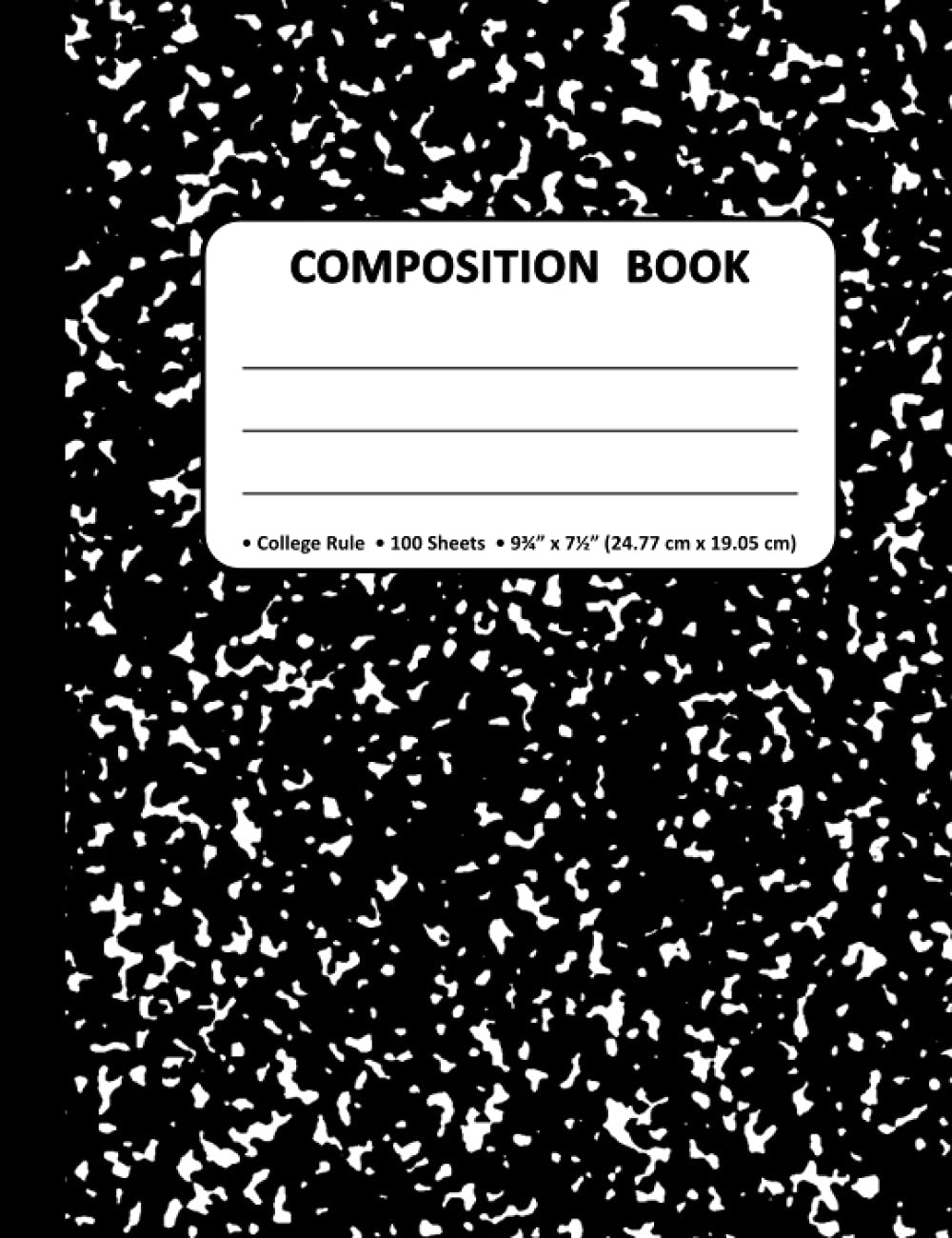

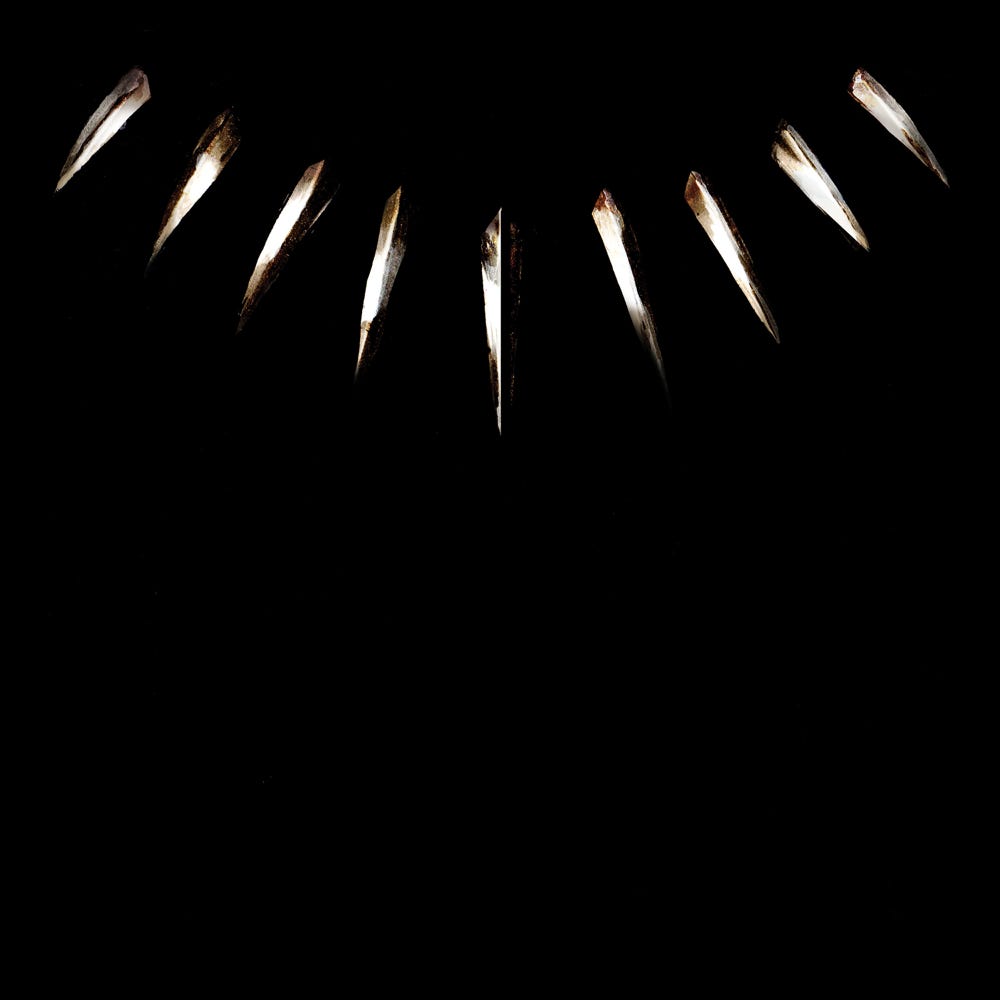

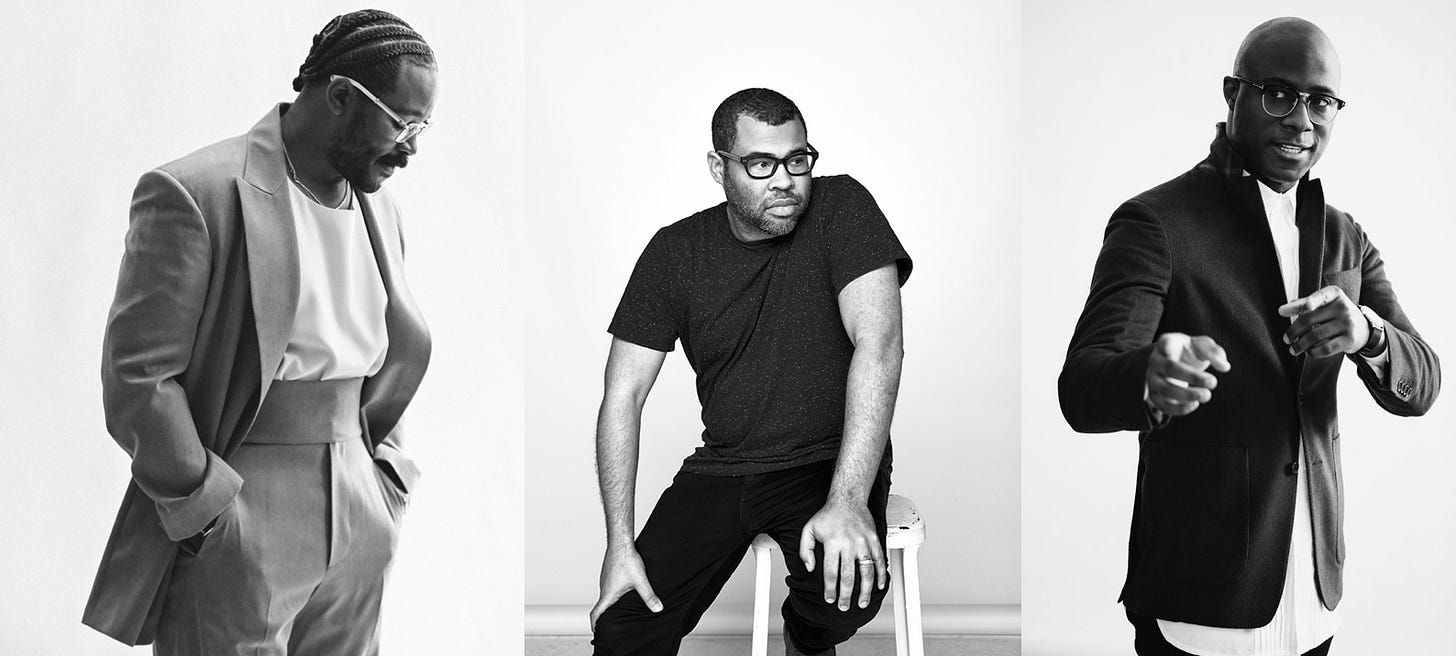
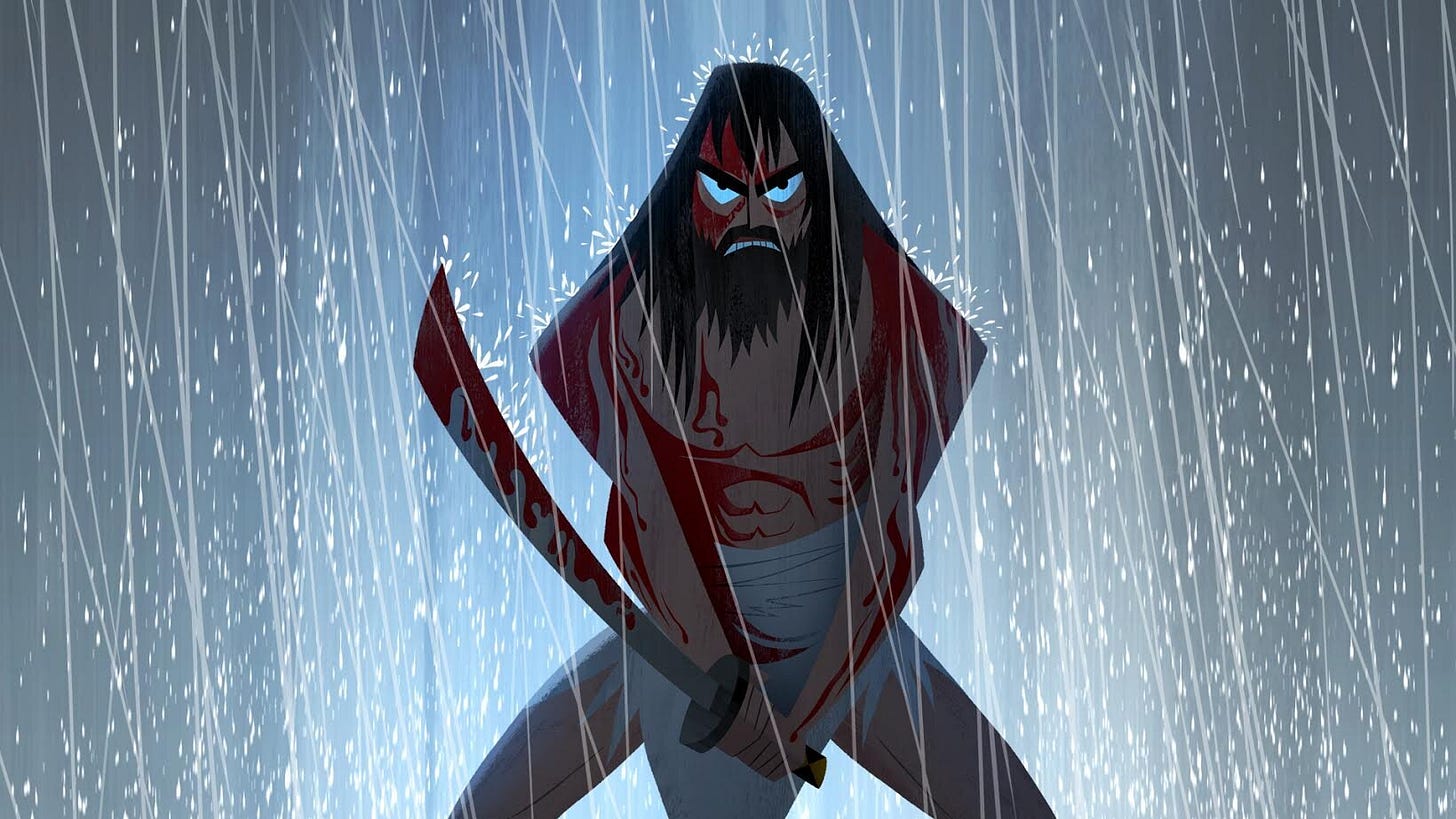
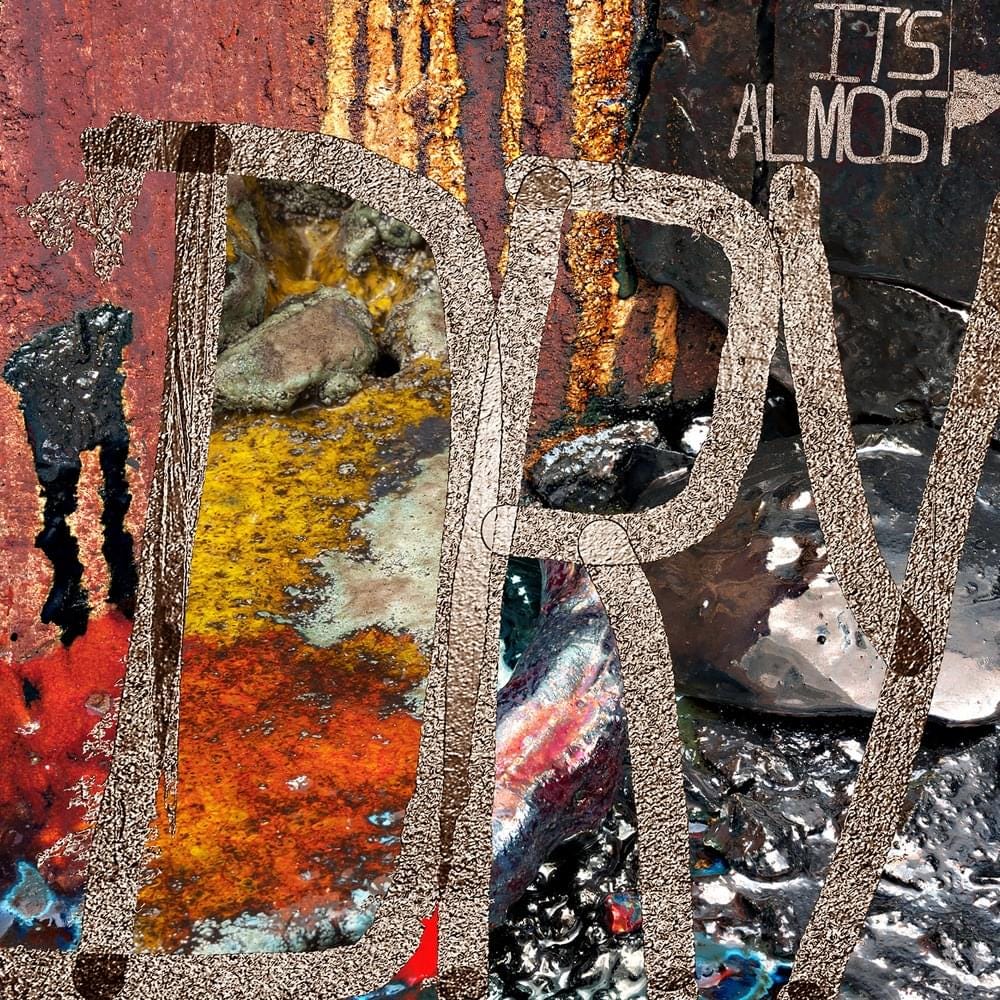
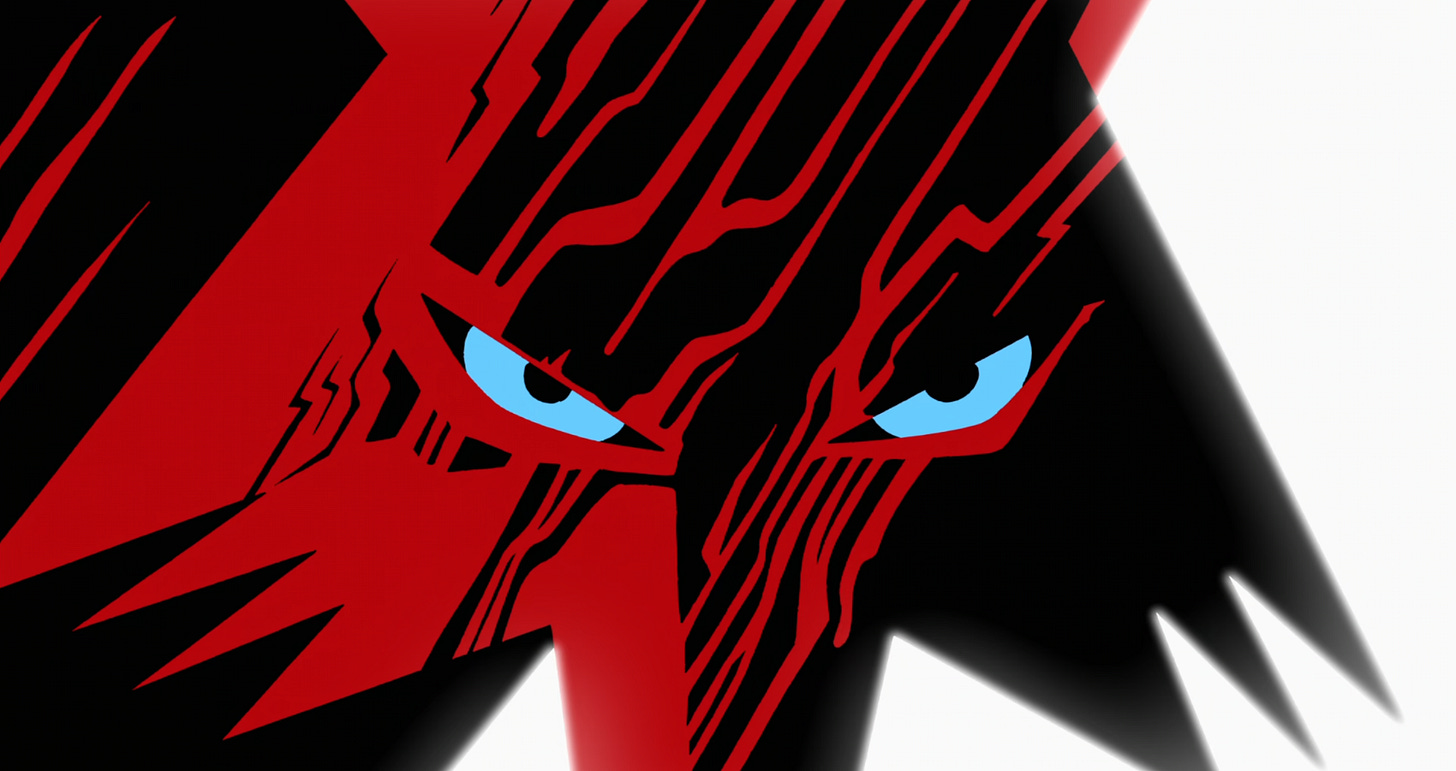
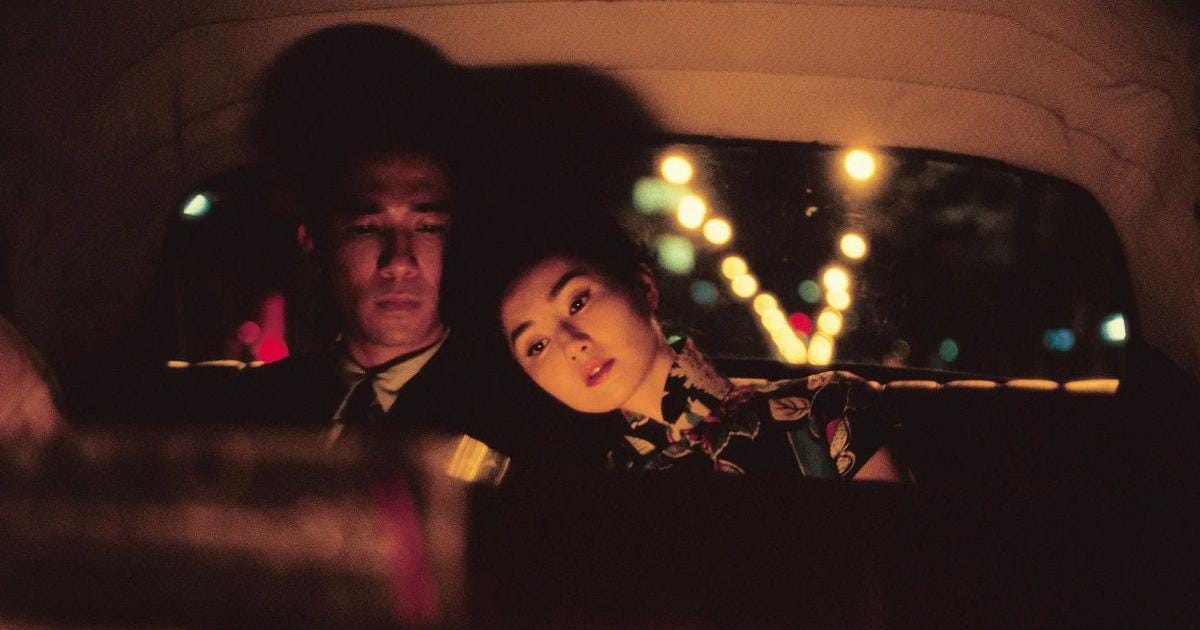
Mr Noire, your pen, study, and mind are greatly appreciated 🙏🏽🙏🏽🙏🏽. It’s pure inspiration right here. Appreciate your generosity and giving us a look into, your book of rhymes! After this joint dropped I went right to Lost Tapes vol 1, one of my fav Nas Albums honestly. Love the analogy you did there, and this is probably one of my fav Noir joints too!
John, thank you for sharing these drafts. There’s so much heat and heart and beautiful writing here. I want to say wolves is my favorite, but I fell in love with each short that I read, I can’t tell you which one shines the brightest because they all have my eyes! Appreciate your pen so much!